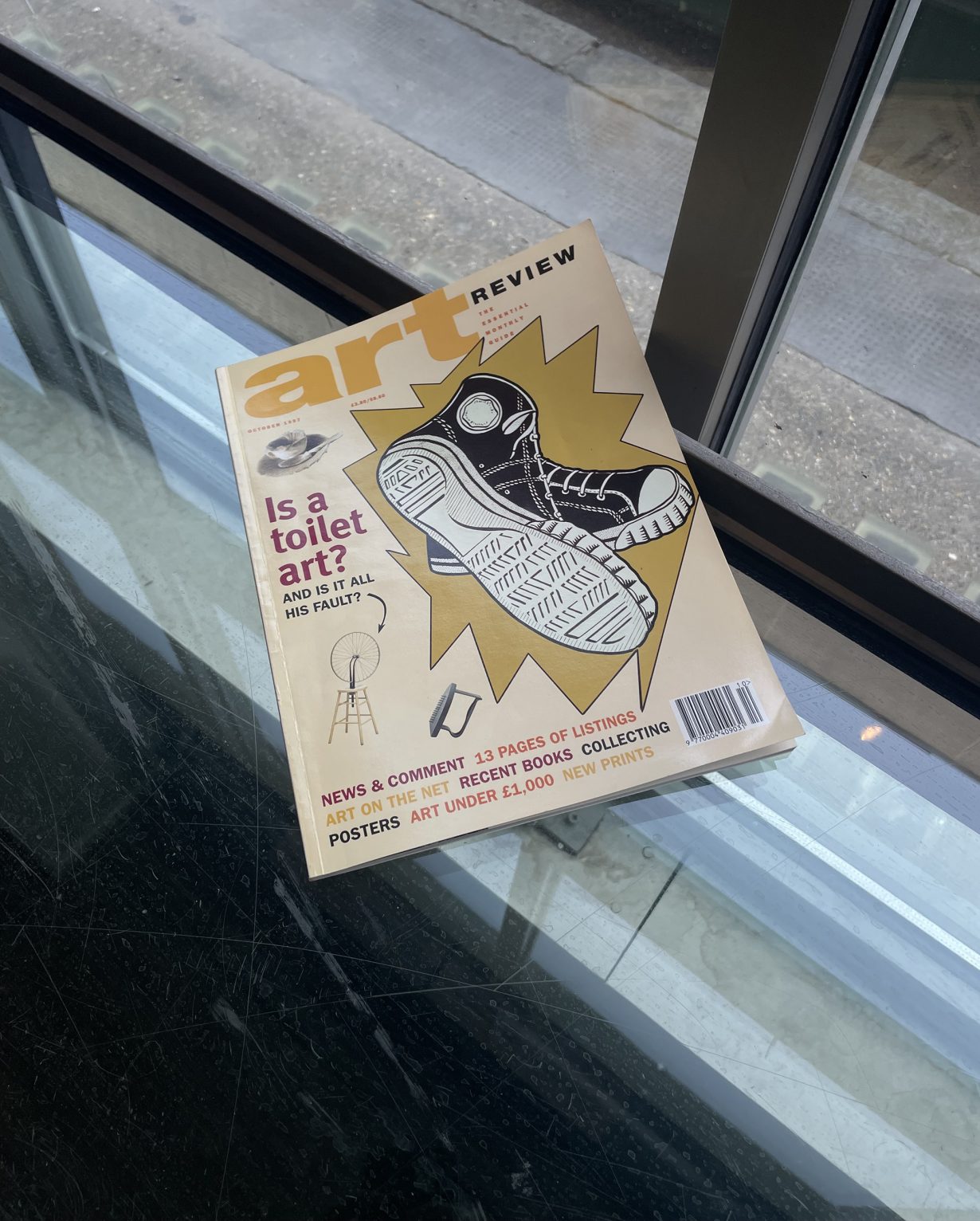From 1997: David Whittaker surfs cyberspace – the new sensation – in search of intelligent art
OK, so it’s the new sensation, something that will change the way we work, rest and play. People have said it may become he twentieth century’s most important legacy, more influential even than electricity and printing. It’s unhealthy for your kids because they spend too much time with it and unhealthy for you because you don’t spend enough. So what has the internet got to do with art?
Can you exhibit art on this thing? Can it be used for selling? Can it become a museum, a gallery, a talking shop? Since about 1993, when the net’s rate of growth went ballistic, it’s been used for all these things and more. What everyman still wants to know, however, is whether all this stuff’s any good. Or is it just another trendy technology dreamed up by the eggheads?
Well, the answer’s yes. On both counts. Sorry, but stick with me. Contradictory though such a statement may appear, the net is already big enough to encompass the dichotomy. Within 20 minutes, no less, you realise why directories and search mechanisms are the most important tools for getting any benefit from being online, simply because there’s so much garbage out there that finding what you need is a proper needle-in-a-haystack job. With this haystack, though, even if you’re only interested in 1% of what’s available, that’s more than you can read in the rest of your life.
Bearing in mind the 1% ratio also applies to web sites ostensibly about art, most major museums now have an online presence, so do a lot of the larger dealers and galleries. Academic institutions are also part of the net’s backbone while magazines and journals originating in print have quickly been pasted-up, being careful not to undermine the cover price of the hand-held version.
One of the most innovative areas is that of new organisations born on the net, and designed from the outset to exploit its characteristics: ‘e-zines’ are magazines that never existed in print, and as well as offering some acute and intelligent writing, they’re less likely to suffer from the lets-just-hang-the-paper-pages-online problem of bad lavout. Mailing lists are basically loose communities scattered over many countries, swapping ideas and comments; global brainstorming if you like. Artists’ ‘homepages’ are an increasing, quite competitive sector, though it’s not surprising quality varies when most of them are created by lecture-avoiding students, on their universities’ sites, rather than the artists themselves. Mind you, it’s easy to Imagine cantankerous old daubers like Cézanne and Van Gogh having trouble grappling with a PC. There’s also a multitude of specialist interest projects, from Roman art to Renaissance literature, the relationship between Picasso and Jungian psychology, and the connection between commercial British TV and a notoriously controversial annual art prize.
By now a certain thought might have occurred: there’s not much talk about paintings here. Very true. It’s not that representation of all the classics aren’t there somewhere, from Primaticcio to Pollock, Hockney to Hirst. Or even that the ‘death of painting’ really has happened this time, from a combination of smart installations and electronic data. No, if there’s one unquestionable fact about the net, it’s that it does for paintings what Mad Cow Disease did for the Sunday roast. The beautiful and life-affirming can be reduced to something with no more consequence, layers of meaning or magic than a road sign: a pointer to help decide if you’re going in the right direction.
Besides, when it comes to buying art, who’s daft enough to fork out for a 6 x 4 inch acrylic-on-linen they’ve only ever seen as a 6 x 4 cm fuzzy-light-on-glass? Hence ‘online galleries’ are little more than catalogues.
Give me oil! Rough canvas! Brushstrokes, pentimenti, impasto, drips and splatters, cigarette butts and elephant dung! Any sign of life, ambiguity, anything but these oh-so-flat, oh-so-regular pixels!
The net may be good for a million different things, but if there’s one benefit of every ‘user’, it’s to make them go to a real life gallery, or their real life front room, and look at some real life art as soon as possible!
From the October 1997 issue of ArtReview – explore the archive.
